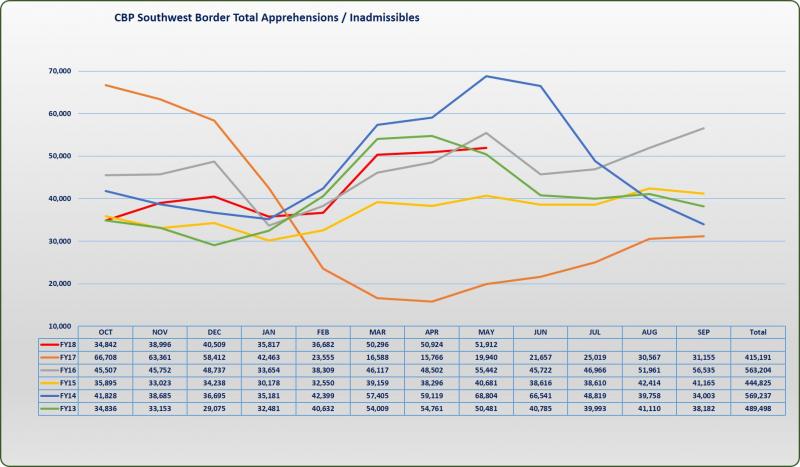Since Attorney General Jeff Sessions announced the new “zero tolerance” border enforcement policy that would separate migrant children from their families at the border, the stream of updates has been overwhelming.
Earlier this week, Pacific Standard dispelled many of the rumors surrounding the #WhereAreTheChildren movement. Here are some related stories we’re following.
Federal Judges and the United Nations Are Pushing Back Against Trump Administration Policies
Bolstered by the strong presence of immigrant communities and activists, some American cities are fighting back against the Trump administration’s increasingly restrictive immigration policies. Most recently, a federal judge in Philadelphia ruled Wednesday that the Trump administration cannot cut off grants to Philadelphia over the city’s “sanctuary city” policy.
Also on Wednesday, a federal judge in San Diego refused to dismiss a lawsuit challenging the Trump administration’s practice of separating children from their families when they arrive at the border to seek asylum. The judge said that the “wrenching separation” may violate the Constitution’s guarantees of due process.
Internationally, too, officials have criticized the policy: The United Nations human rights office called on the Trump administration Tuesday to “immediately halt” its separation of children at the border, emphasizing that there is “nothing normal about detaining children.”
United States Customs and Border Protection Now Faces a Problem of Its Own Making
Though the Trump administration’s new policies have the end-goal of deterring future illegal immigration, the number of border arrests has stayed steady for three months in a row at around 50,000 arrests.

In May of 2018, the number of apprehended families increased by 435 percent and the number of unaccompanied children increased by 329 percent compared to May of 2017, according to a fact sheet from Customs and Border Protection.
Notwithstanding the incredible mental and emotional toll these numbers mean for immigrant families, the sheer increase in work for Border Patrol agents and government officials means that the same number of officials working in an already-backlogged system now also have to deal with separated children and holding a greater number of migrant families.
Due to the new “zero-tolerance” policy, border stations are now overflowing and officials are outsourcing the problem by sending thousands of detainees to detention centers in different states, including those as far north as Washington State.
An Immigration and Customs Enforcement spokeswoman told Reuters Thursday that five federal prisons will “temporarily take in detainees awaiting civil immigration court hearings, including potential asylum seekers.”
One prison in Victorville, California, will house 1,000 people. Other prisons that have or will receive detainees are located in Arizona, Oregon, Texas, and Washington State.
More Personal Stories Are Emerging About Migrant Children Who Have Been Separated From Their Families at the Border
The American Civil Liberties Union released a report summarizing about 30,000 pages of children’s abuse reports at the hands of U.S. Customs and Border Protection agents. As the first comprehensive report to shed light on the unimaginable abuse of minors under U.S. government supervision, the ACLU’s analysis gave context to the gravity of the Trump administration’s new “zero tolerance” separation policy.
Some of the first heartbreaking stories of separation are now emerging. On Thursday, the New York Times published a heart-wrenching account of a five-year-old named José who was separated from his father at the U.S. border in El Paso and sent to live with a sponsor family in Michigan. The two had fled violence in Honduras.
José’s story is just one example of the lengths the U.S. government must now go to in order to comply with Sessions’ plan to criminally prosecute everyone who crosses the border illegally.





